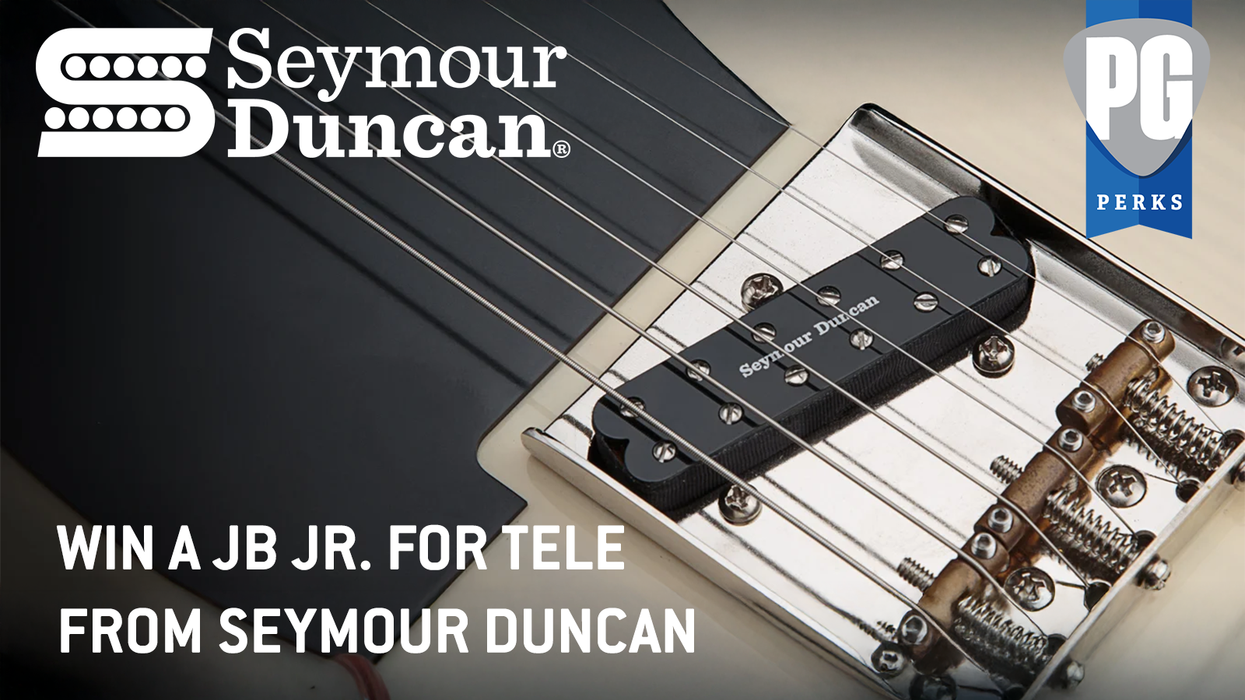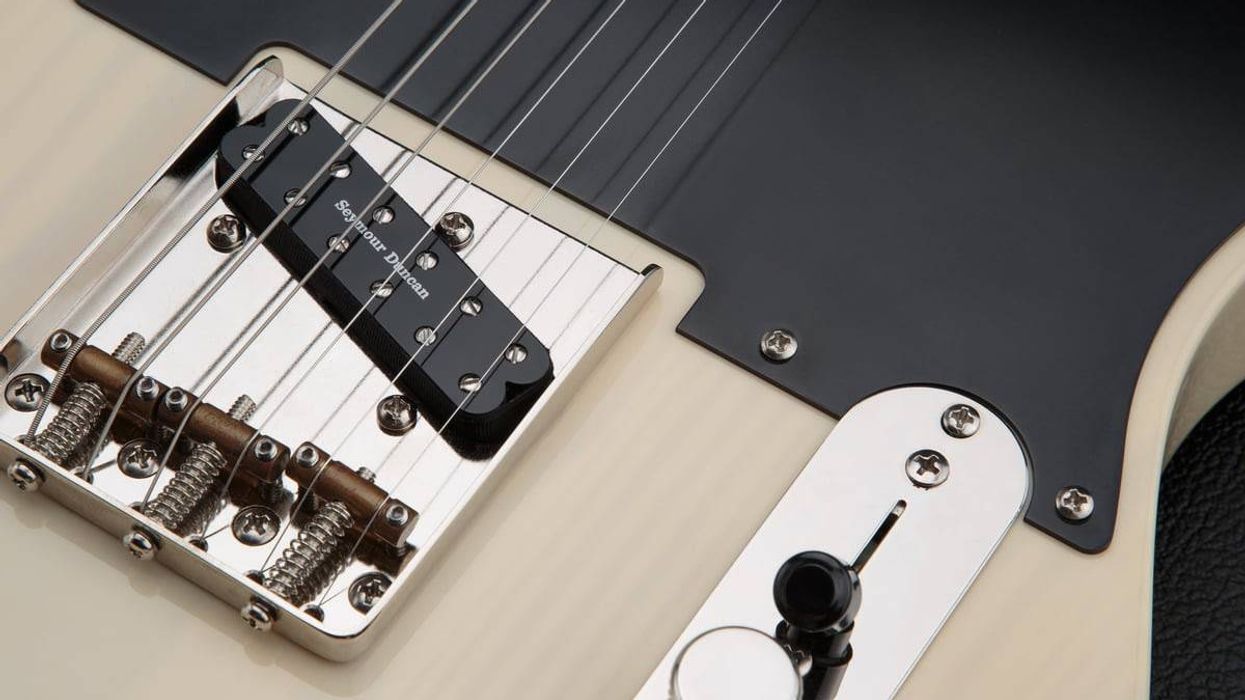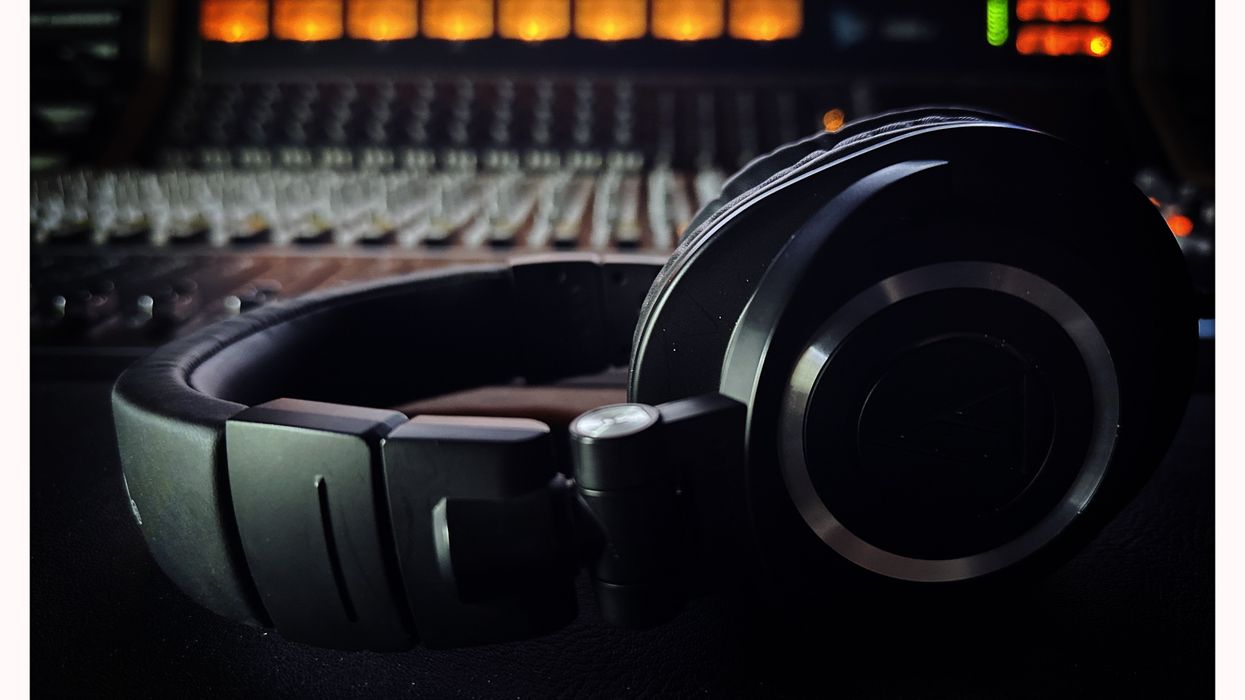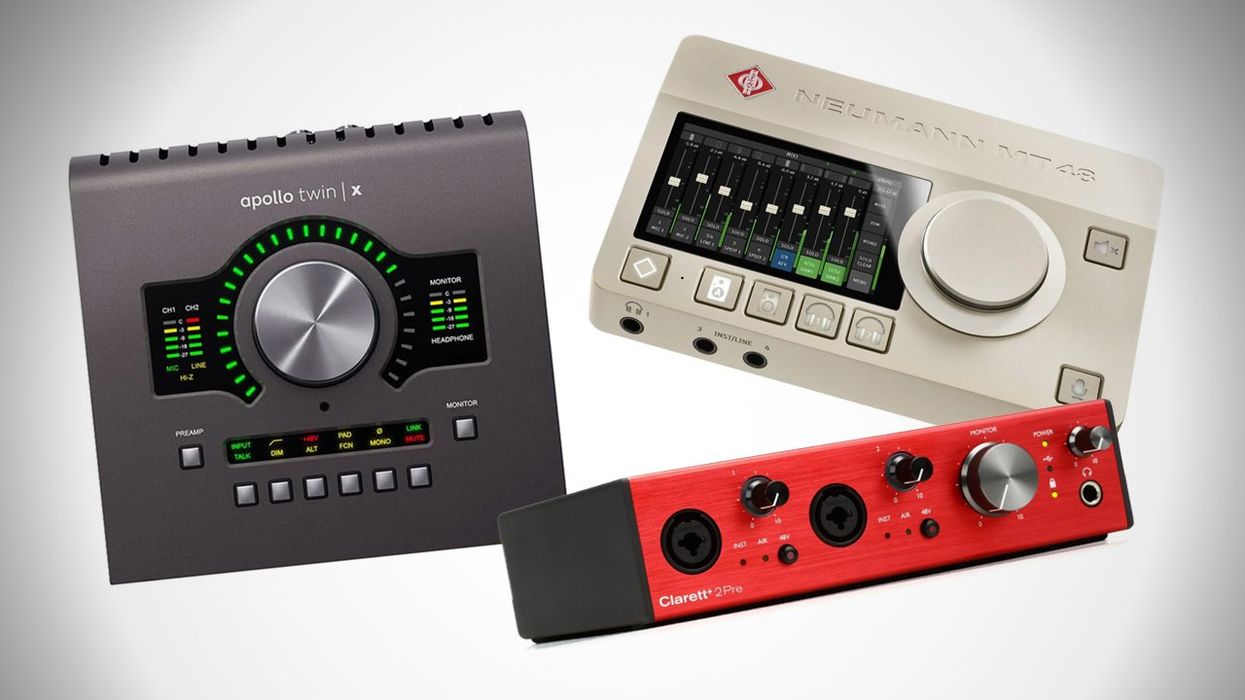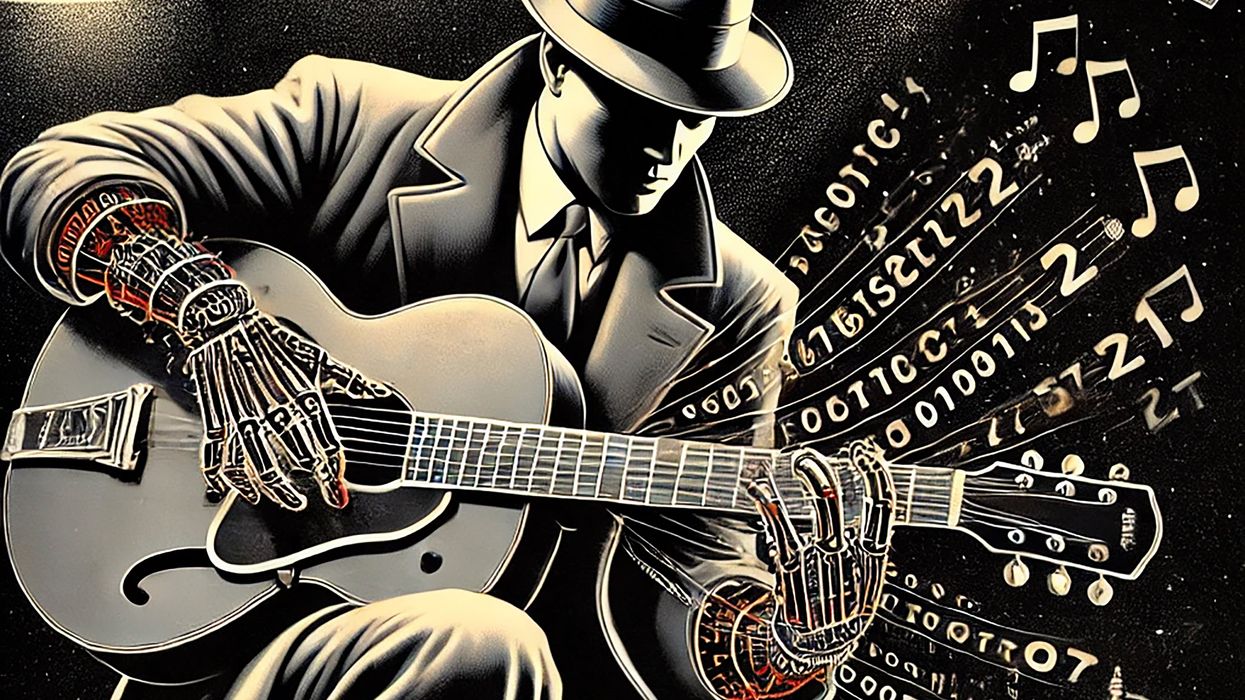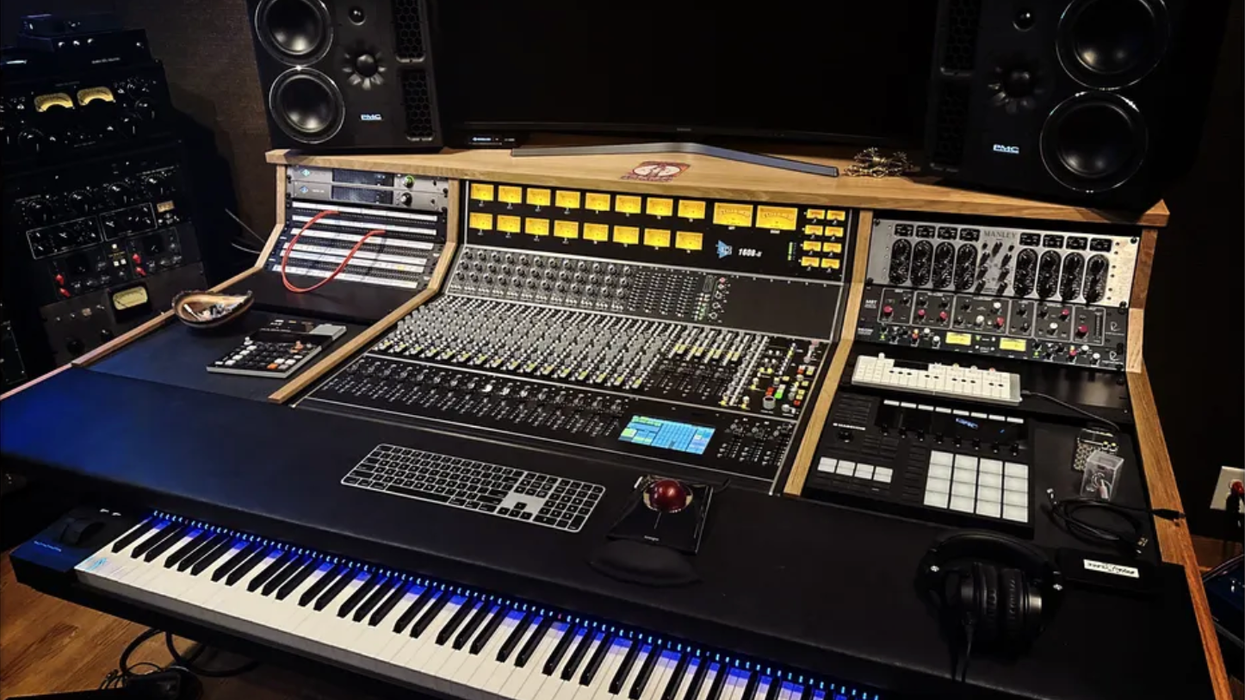Hi everyone, and welcome to another Dojo. This time, I want to focus on the creative possibilities of using multiple reverb buses to spice up your tracks and mixes.
The first time I heard of this concept (many years ago) was through the legendary engineer Al Schmitt, who recorded Duke Ellington, Elvis Presley, Jefferson Airplane, George Benson, Toto, Steely Dan, Vince Gill, and Michael Jackson, to name a few. He also mixed well over 150 gold and platinum records. When he talked, people listened. Especially me. A couple of years ago, I was fortunate enough to spend four days filming him while he engineered and mixed an album from start to finish at Blackbird. Whenever he was waiting for some gear to get set up, or the band to arrive, I would express my deep appreciation for the records he engineered/produced and ask him questions. This article is based on part of one of those conversations. So, tighten up your belts. The Dojo is now open.
You may be asking yourself what benefits using multiple reverbs can bring, and wouldn’t everything just get washed out? Let me first describe how to set up multiple ’verbs in your DAW and then we will look at how to use them. Let’s start with my emulation of how Al would have used the five reverb chambers at RCA Hollywood studios when he was recording.
"I like doing this with instruments that may have a fair amount of delay on them, but still need to feel like they are affecting the reverb space within the mix."
In your DAW, create five different aux buses. You can make them mono or stereo buses, depending on your computer’s processing power. Instantiate one reverb on each bus. I recommend UAD’s Capitol Chambers, Waves’ Abbey Road Reverb Plates, FabFilter’s Pro-R, Valhalla DSP’s Plate, or similar choices. There are many great, quality reverbs out there. Regardless of what you have, I’d encourage you to experiment with different types of reverbs and settings. This can give each bus a different character and lead to some creative mixing decisions. Have a look at Fig. 1.
Next, pan them as follows: ’verb 1–hard left, ’verb 2–half-left, ’verb 3–center, ’verb 4–half-right, and ’verb 5–hard right [Fig.2]. You can also vary the reverb time if you wish, but I suggest that if it’s based on a real space (like the Abbey Road or Capitol chambers), leave the reverb time alone to maximize the sonic footprint of each of those spaces. Also, keep the dimension (the shape of the room) the same. If it’s a pure digital ’verb, I will tweak to taste depending on what I want the reverb’s role to be in the mix. Usually this is the center ’verb for me.
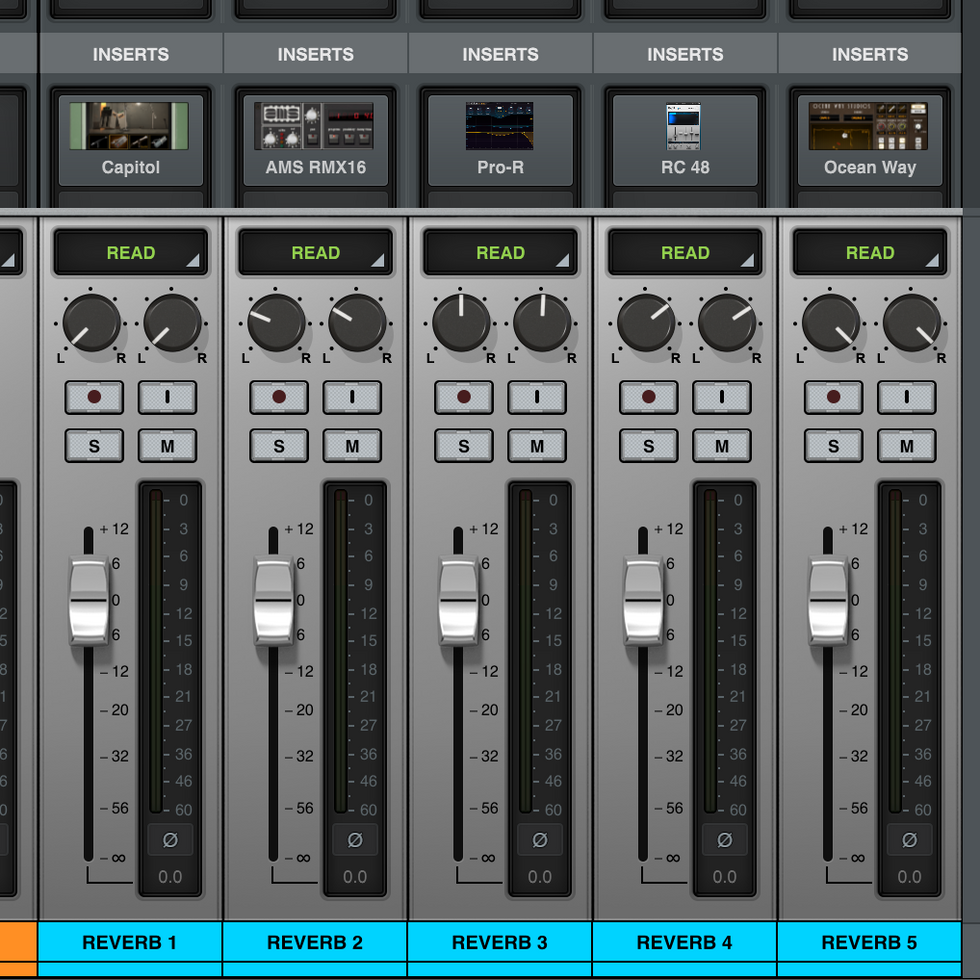
Fig. 2
Now take a listen to your mix and locate where your instruments/vocals are panned in the stereo field. For those instruments and tracks that lie on the left side, route a send to reverbs 1 and/or 2. For those that are on the right, send them to reverbs 4 and 5, and route and assign everything else that you may want reverb on to reverb 3.
Adjust your send levels for each track and listen to how transparent the reverb starts to become. What I find is that the placement of the tracks in the stereo field remains consistent and focused instead of getting smeared into both channels with brute force from the same reverb.
If you want an A/B comparison, set up another reverb aux bus (reverb 6) and change all your reverb-assigned tracks’ outputs to this new reverb and listen to the difference. What do you notice?
Finally, by having different reverbs panned through the stereo field you can easily do things like have a hard-left instrument’s reverb come back hard right by assigning it to ’verb 5. I like doing this with instruments that may have a fair amount of delay on them, but still need to feel like they are affecting the reverb space within the mix.I hope this gives you some inspiration and deepens your understanding of reverb.
Until next month, keep experimenting! Namaste.
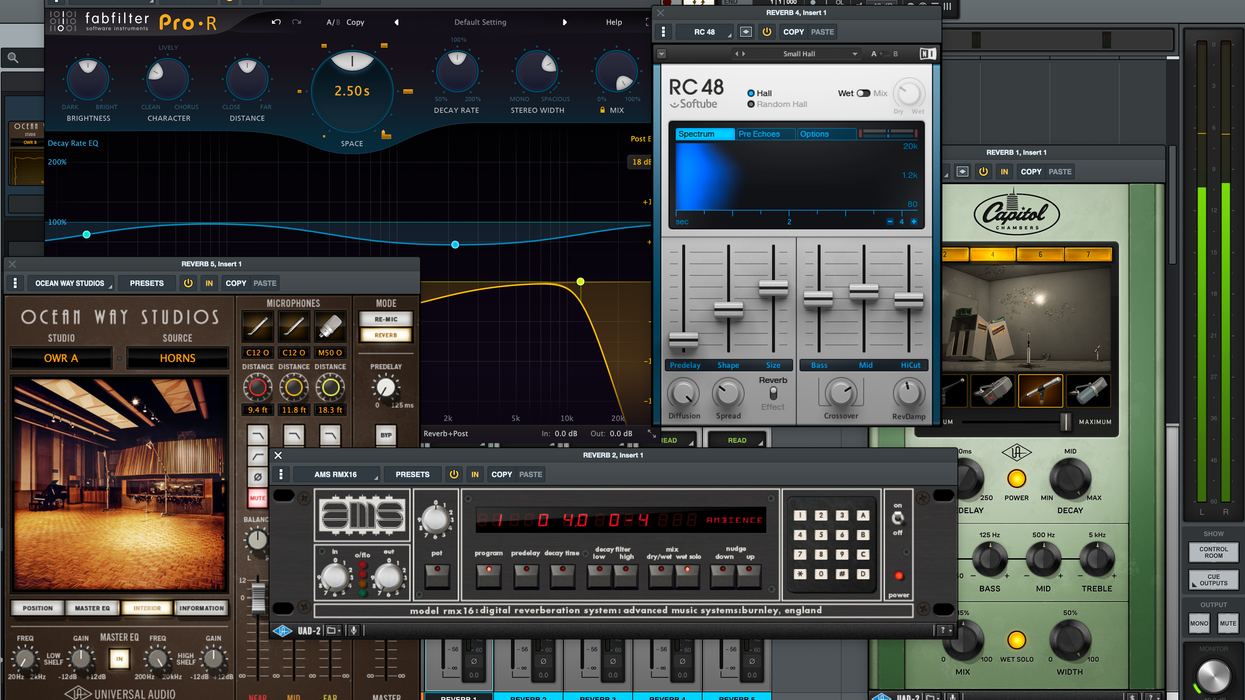

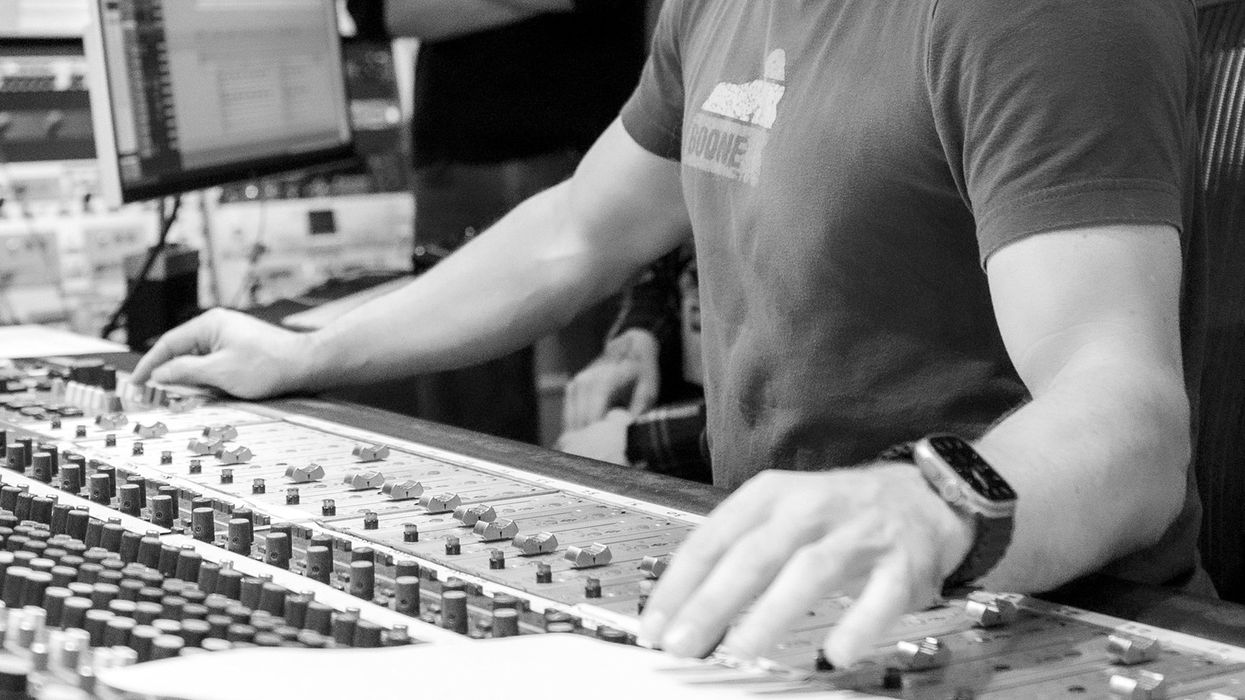
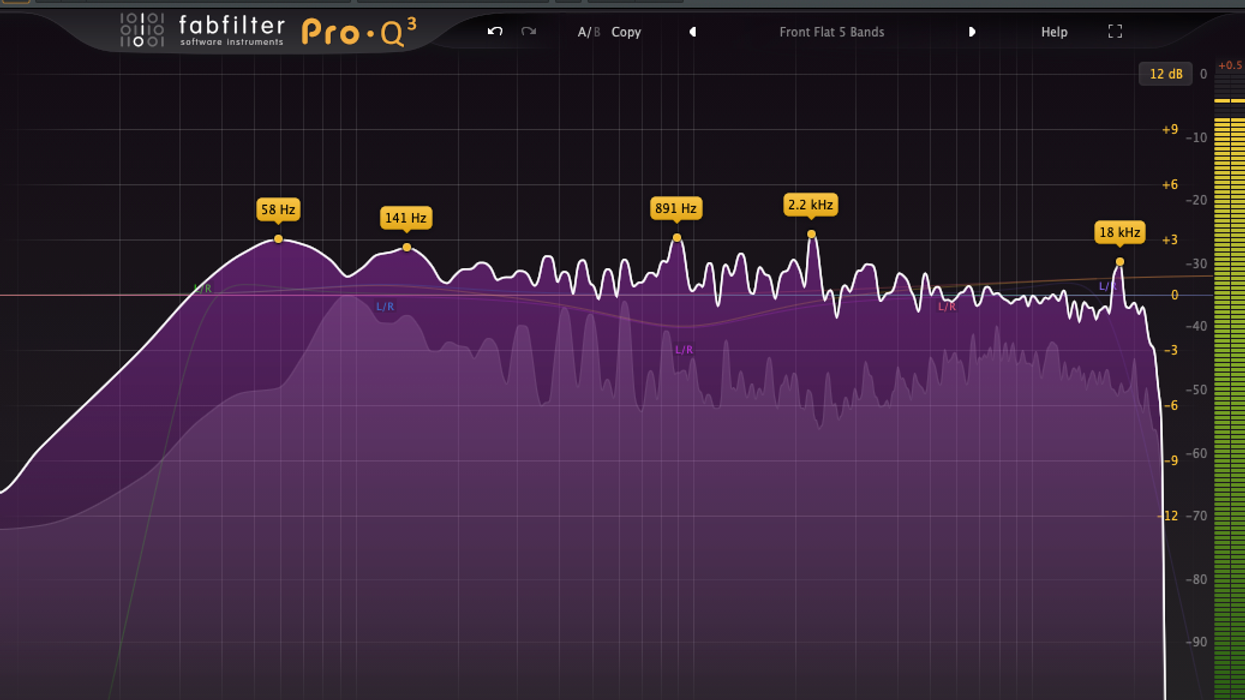
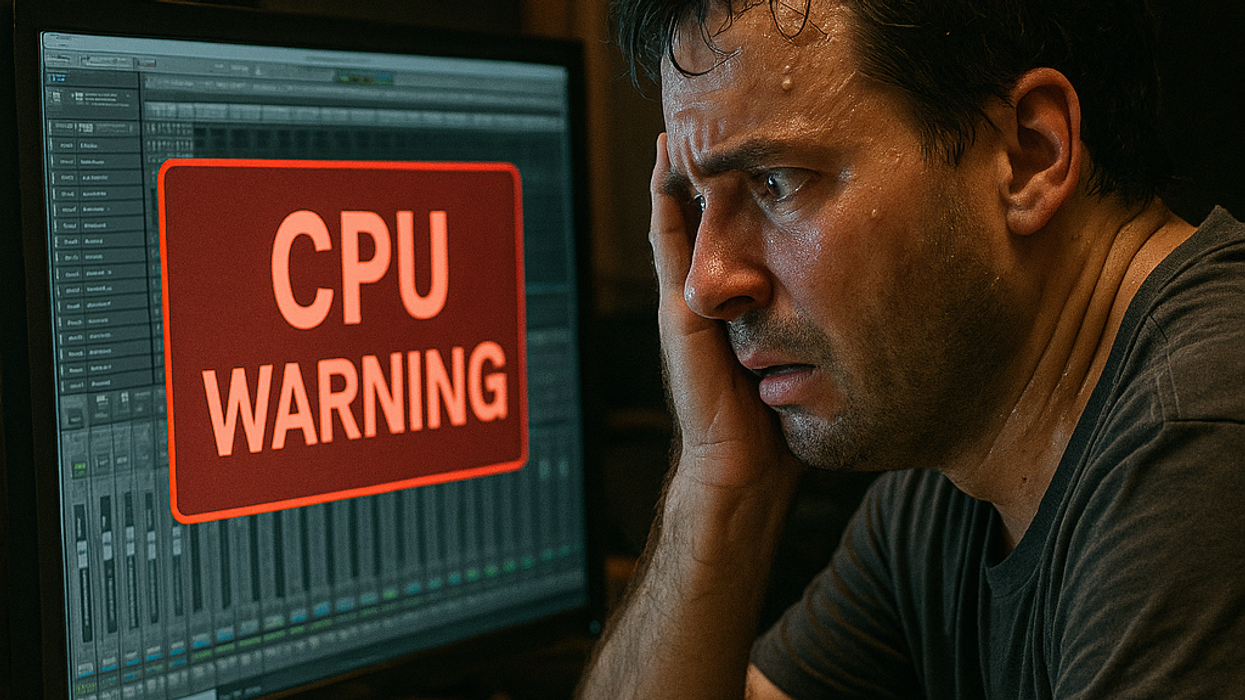
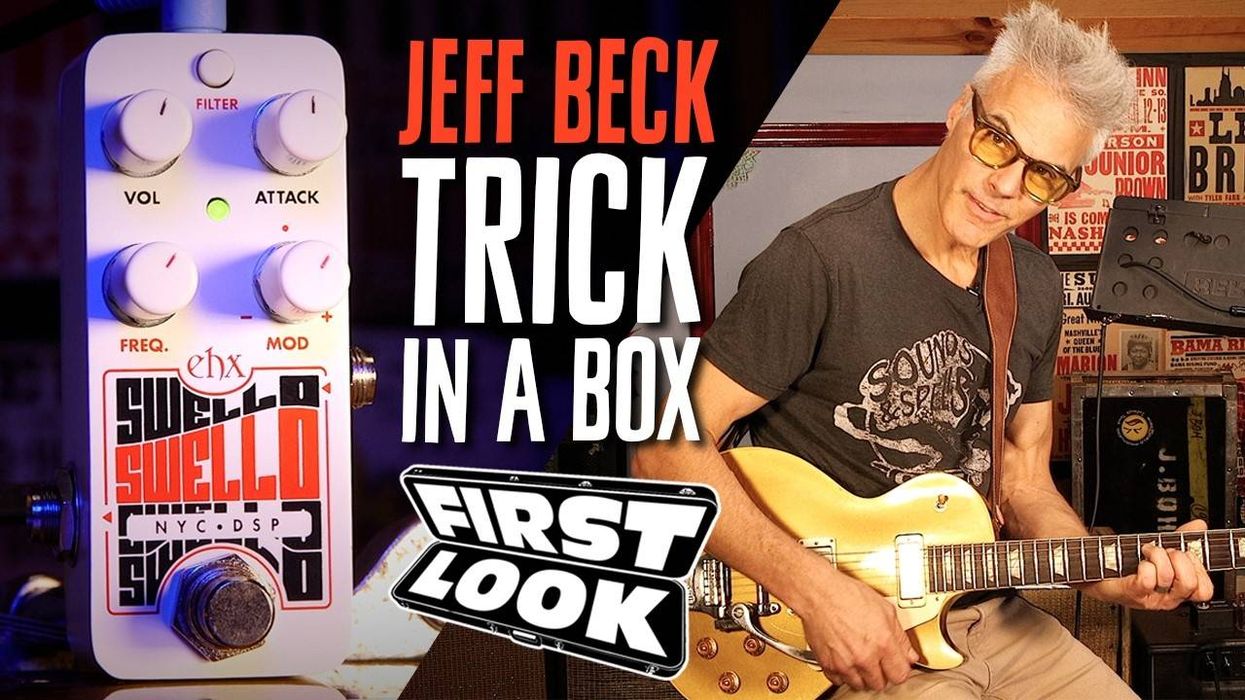
![Devon Eisenbarger [Katy Perry] Rig Rundown](https://www.premierguitar.com/media-library/youtube.jpg?id=61774583&width=1245&height=700&quality=70&coordinates=0%2C0%2C0%2C0)

